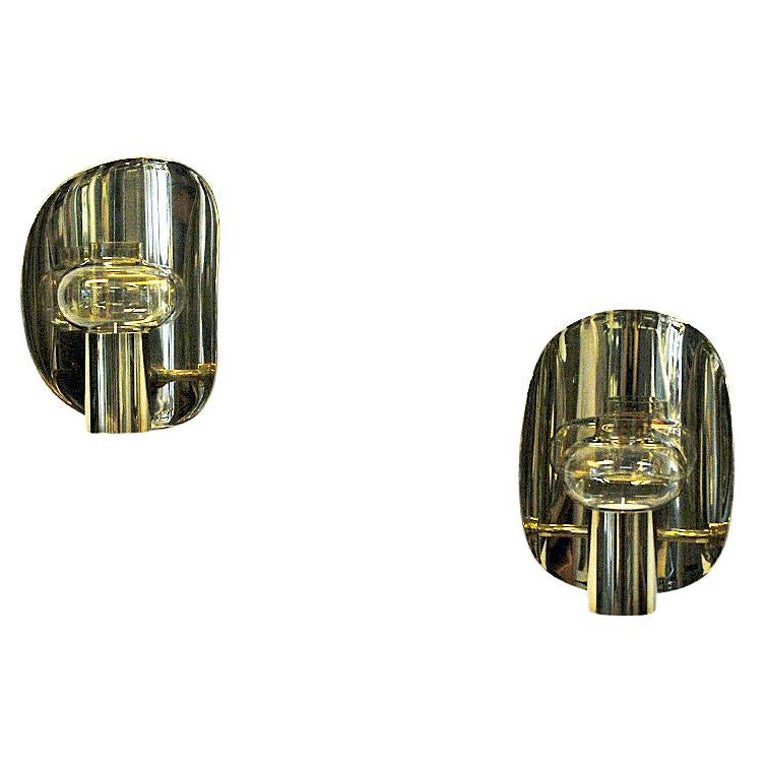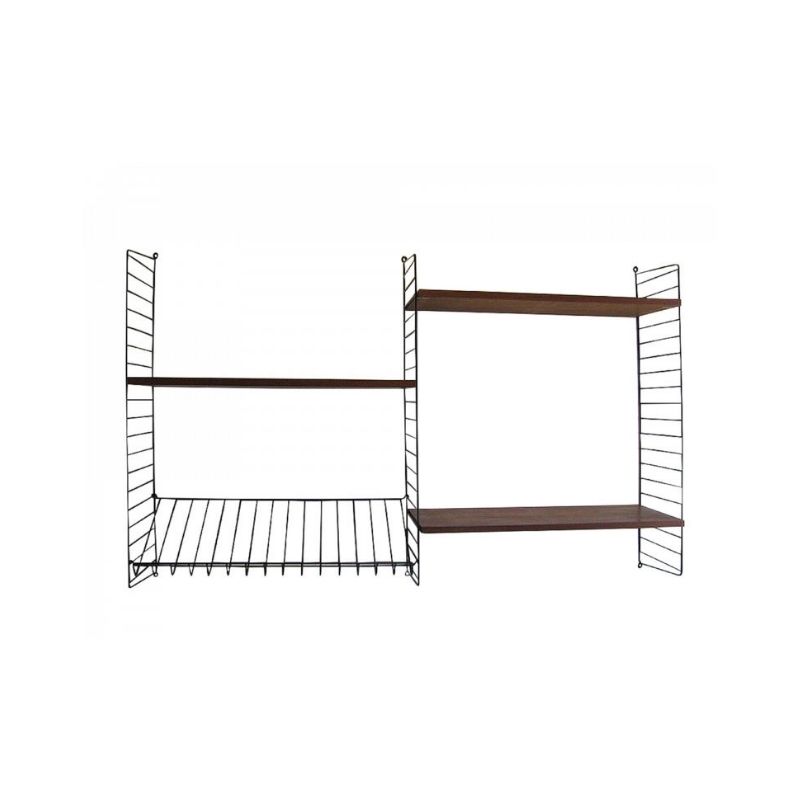I've read you say that before, and it makes complete sense that the guy who ran his own manufacturing company would not design for another manufacturer. That has never made sense to me anyway.
Just wondered (and to be honest I am glad you posted as you were one of the foremost "amazing minds" I was referring to) if anyone here knew of any designers associated with Gudme. It's a shame there isn't.
I found a picture of a teak one online that looks identical.
Unfortunately the rosewood one I am looking at doesn't have quite the beautiful figuring that I have on my table at the moment. I just think it's a nicer looking design.
Sorry to triple post now, but I am in the process of stripping and it's really hard going. I've stripped a few times before and it's never been this laborious, especially given the finish was so worn in other places.
Does anyone have any particular strippers that they'd advise?
Or if I am struggling would it be better to go with 0000 steel wool and pure acetone? I know last time I tried with acetone it's also hard going and I got quite a headache even when working outside.
And once I'm done I presume since it's rosewood that I'll need to shellac before polyurethane - I've heard poly doesn't play nice with rosewood or is that not true?
Put down the polyurethane. Don't do it.
If you use a methylene chloride based stripper, it will work faster. Read the precautions with it. Wear chemical gloves. It burns my skin in seconds, and I am known for asbestos lizard skin.
You can get an amazing finish on rosewood if you step up through the sandpapers to 220 (or skip sandpaper entirely and just use the card scraper, which is way safer with veneer), then the card scraper (or razor blade) to remove any stray sandpaper scratches, then burnish with 0000 steel wool, which puts a natural low gloss finish on the wood, then shellac, then more steel wool to remove any streaks, followed by many coats of a fast drying oil finish like Formby's Tung Oil Finish, and plenty of steel wooling between coats to remove streaks and to ensure that you are building up the finish in the grain pores and knocking it back down on the flats.
Just don't sand through the veneer. If you avoid this, any other mistakes can be fixed with more time and effort.
You don't have to tell me twice not to use polyurethane. I never wanted to, it just seems as though everywhere I read, it advises it for dining table tops. And don't misunderstand, this table won't be under heavy wear - it's not like I have kids and we are dedicated coaster users anyway. Was slightly concerned about hot/alcohol spillages but I guess an oil varnish mix will solve that issue. I just need to find the right one that is available in my market.
As for DCM based stripper, I am pretty sure they aren't like easy to come by over here. I feel like you have to be a professional of some variety to purchase it - in 2012 it was outright banned, but I think there was some sort of back tracking. This is in the UK, by the way. I guess I'll have a look and see what is ACTUALLY available. I'd just like to put on a stripper than cuts through it fast - I'm on the fourth coat and it's still ~40% varnished.
Thanks for your advice.
Finally how easy is it for a novice to use a card scraper? And do I need sharpening tools to keep it functional?
You are saying that acetone cuts the finish, though? In which case it is lacquer. Some companies, especially later on, sprayed the lacquer on really, really thick, and it can be hard to take off. But as long as acetone actually cuts it, even just a bit, you could improve it by pouring it on then immediately covering it with a piece of plastic. Wait 15-20 minutes, then remove the plastic and scrape off the dissolved finish. Acetone evaporates so fast it does not get a chance to do much dissolving. The plastic forces it to stay and dissolve the finish.
I actually do not much use card scrapers. I love using razor blades, the strong ones that go in utility knives. The work very much like the card scraper, but when it dulls you just get out a new one. If you rotate the blade every few strokes the burr that has been pushed over really works well when your rotate the blade. It does take strong fingers to use razor blades like this. You can really get scratches and scrapes out of veneer very well.
I occasionally just take the lacquer on a piece off with a razor blade when I am not feeling like using the strippers. It seems like it would take forever, but when you get good with a razor, it takes less time than using stripper and gives a finished surface.
You can't scrape across the side grain, for example when you go from table top veneer to edge banding. It will really tear up the edge banding. I usually get close to the edge and then finish the job hand sanding.
The banding on this appears to be super thick, difficult to explain quite how it's constructed in words, but I feel confident than if I WANTED to I could use 80 grit sanding it. Every edge of veneer on it appears to be 4mm thick. And the banding construction itself I think is ply - even if the layers aren't completely evident without close inspection.
Okay, that's stuff to work with. I definitely like to idea of scraping, I've seen others do it online but thought it required some skill and the opportunity to mess up your veneer was as high as sanding - except it can happen a lot faster.
I haven't tried acetone on it, but I did try alcohol and that did nothing, so I suspect it's poly based.
And I am very happy to avoid polyurethane to refinish it, so thanks very much Leif!
Kyle
The edge banding sounds like it is 'bending veneer'. I assure you the table top veneer is not that thick.
You can screw up veneer with any tool you use on it. I find it immensely easier to get a good result, and with much lower risk of damage, to scrape with razor blades. Power sanders look like they require no skil, but the opposite is actually true. They can cut through the veneer so fast, it requires great skill, and a light touch to use them right. They leave swirly marks on the wood if you do not adequately spend time sanding through each grit. If you move the sander too fast on the surface it will create swirlies. If you let the sand paper get gummed up it will create swirlies. You have to be extremely careful on edges because the sander becomes more powerful as the pressure gets concentrated over a smaller surface.. This is why most sand throughs happen along the edge of the veneer, and why so many refinished pieces have been destroyed by having all their sharp edges rounded over with an electric sander.
We're definitely on the same page, I am not treating the top as though it's veneer is that thick, I was merely referring to your comment about sanding the banding by hand(ing?). While I am really struggling with language to denote specific parts of a table top here: the mantle banding that sits on the top - this too has a veneer that's 4mm thick, I can barely make out differences in grain between the banding edge and the top/mantle part but it's there. Presumably to cover up the ply layers when viewing the table as normal.
Regardless as long as I can get a majority of the finish off from stripping, then I don't have to take any lower grit sandpaper anywhere near the top veneer. I have a roll of 320 that I will use on the table top itself after I'm done and I will probably only do a quick pass on it and allow the paper to do it's work rather than putting any pressure on it.
I'm assuming 'bending veneer' is the moulded ply style of manufacture that the Eames are famous for, right? The machine pressed variety - so it can allow for thicker veneer to be bent?
Wow... So that was a bit of an effort. I must have applied 12 coats of that indoor stripper. That stuff worked really well to begin with, but some parts of the varnish (that same 40%) it just didn't want to get through.
I used a tiny bit of chemical stripper on it today and it finished the job - so wish I hadn't wasted so much time/money on the eco stuff. Had the window open and extractor fan on and the fumes haven't affected me all that much.
So now can I bother you guys (or just Leif) with whether you agreed that the mantle banding is safe to sand with a heavier grit (same goes for the edge). I have attached some picture of the profile of the table to help judge. I'm fairly confident to be honest - but wanted to double check.
~~~~~~
And one other question, can I or should I oil the wood before shellacking? I feel like the amount of stripping it's gone through that oiling it would work well first - but I am not certain either way. I have some boiled linseed oil ready to go (obviously none of the blend oils if I am going to shellac afterwards).
I know classically in French polishing you can apply a little oil to help lubricate during the burnishing process - and I seem to recall that it doesn't impact it, but wondered if that means oiling first is rendered pointless if it has no impact.
~~~~~~~
Also following your instructions Leif, I'd need to find a nice oil finish. I'll check if Formby's is available here.
If you need any help, please contact us at – info@designaddict.com









